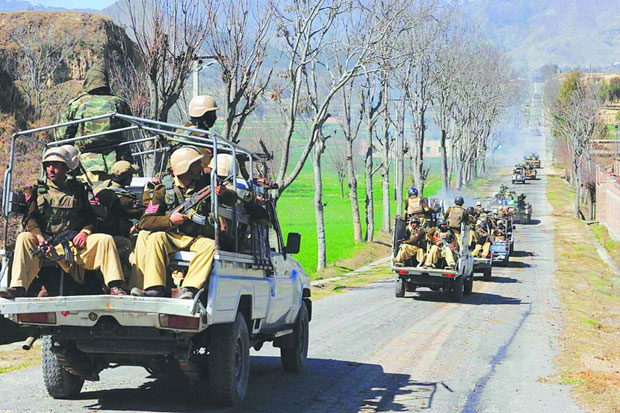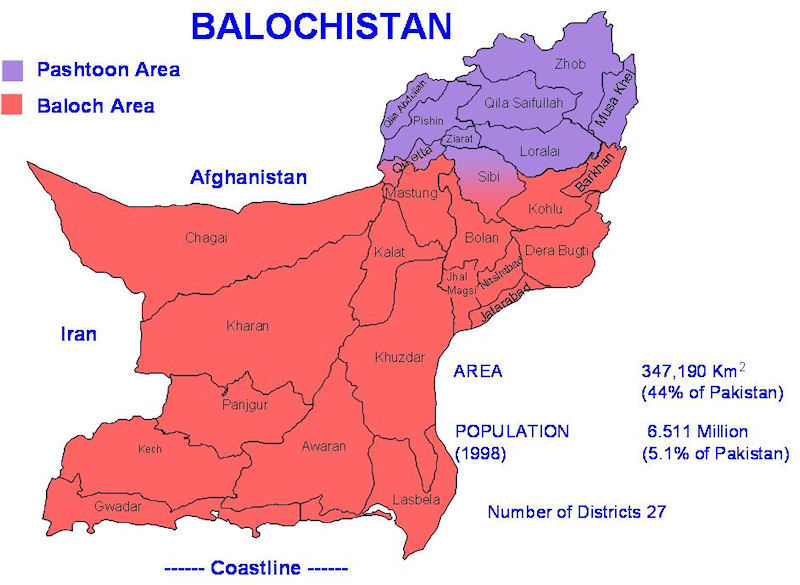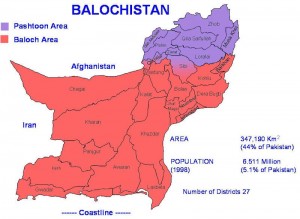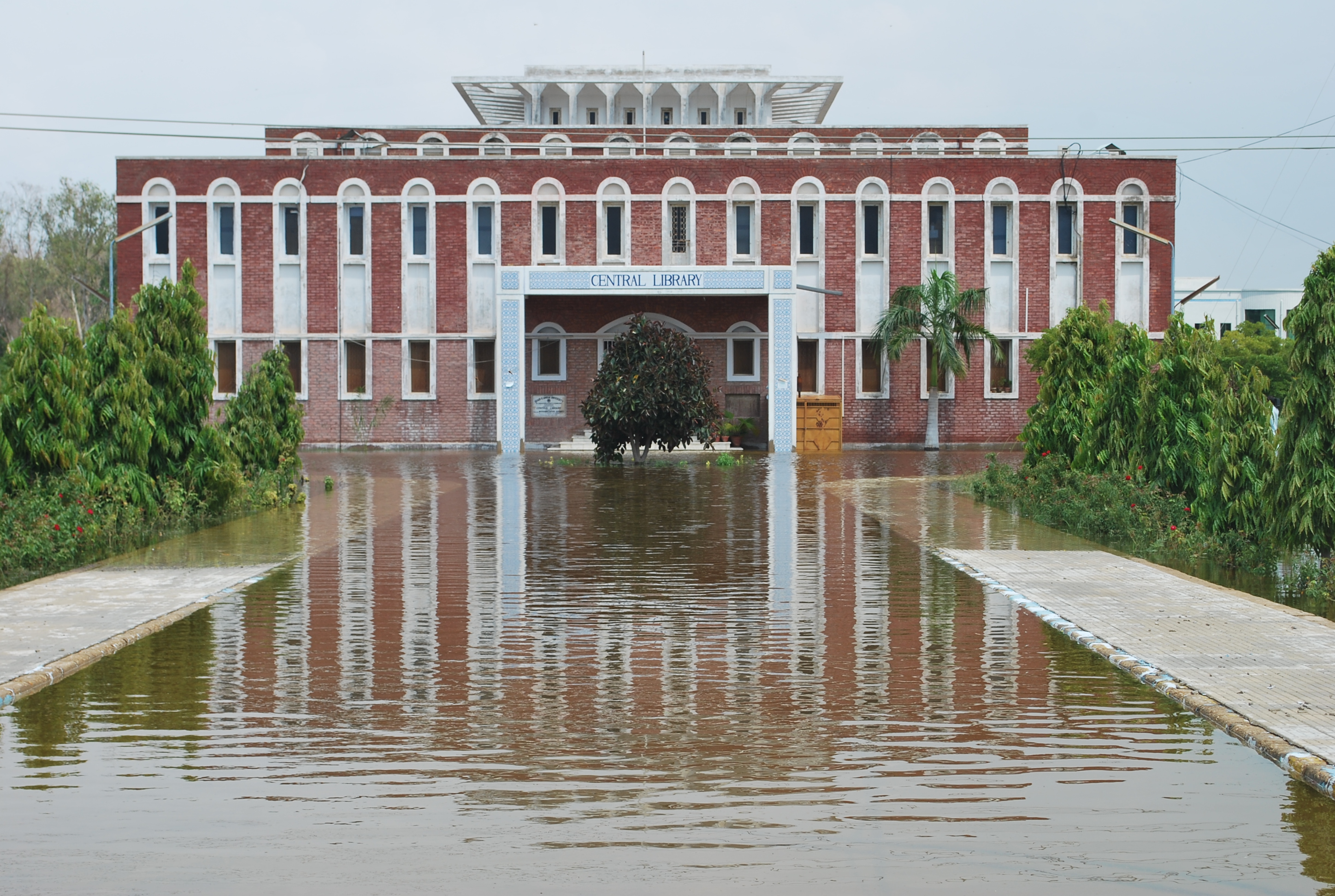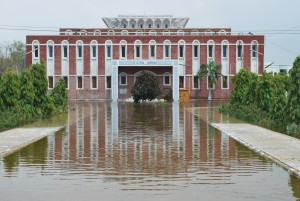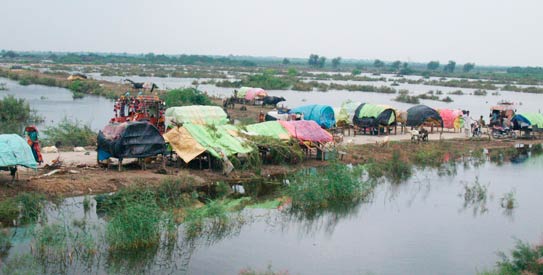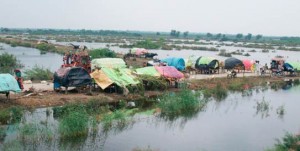Nov 1, 2011: The Pakistani cabinet decided to ‘grant’ Most Favoured Nation (MFN) status to India. MFN is the most misunderstood concept in trade legislation.
All it means is that a World Trade Organisation (WTO) member will treat every other member equally in terms of tariff and other trade conditions. In fact, the Charter of the GATT (General Agreement on Tariffs and Trade), WTO’s predecessor, envisaged trade relations between the newly independent ‘dominions’ of India and Pakistan as a customs union — a more intimate, duty-free trade arrangement.
However, history conspired to create a very different trade relationship between Pakistan and India. First, their currencies were de-linked and then progressive barriers — tariff and non-tariff — erected to restrain bilateral trade. After the 1965 war, trade was banned altogether by both sides. Such restriction is also legally sanctioned by the Gatt/WTO charter, in its ‘national interest’ clause.
The road since 1965 has been long and hard. It was only in the 1980s that Pakistan and India took baby steps to open up trade, item by item, with lists numbering less than 50 items. It was only a decade ago, when India gained confidence in its ability to compete against Pakistani goods, that it offered MFN status to Pakistan.
Pakistan did not reciprocate, for economic and political reasons. On the one hand, there were (and still are) fears that cheaper Indian manufactures — textiles, engineering goods — would put Pakistani producers out of business. More importantly, Pakistani leaders did not want to be seen normalising trade while the Indian army was engaged in brutal repression in Kashmir. Trade normalisation was explicitly linked to progress on Kashmir and other outstanding issues.
Clearly, this linkage has now been jettisoned. On Kashmir, peace and security, Siachen and Sir Creek any change in India’s position has been for the worse. Of course, it is no secret that the western powers have strongly pressed Pakistan to normalise trade with India, arguing that this will contribute to improving political relations — the reverse of Pakistan’s long-standing position.
India’s only ‘gesture’ was to drop its mean-minded veto in the WTO against the trade preferences the EU agreed to offer Pakistan to help it recover from last year’s devastating floods.
How will the reciprocal acceptance of MFN impact on bilateral trade?
Trade between Pakistan and India remains minuscule. Last year, India exported $1.5bn to Pakistan, while Pakistan’s exported $275m to India. Informal (illegal) and indirect trade is estimated to be another $3bn-$4bn. Total trade is thus around $6bn-$7bn. This is much lower than India’s $60bn two-way trade with China, but roughly the same as Pakistan’s $7bn trade with China.
It is not at all certain that two-way trade will expand significantly with reciprocal MFN treatment. Apart from the restrictions, what has constrained trade between Pakistan and India is the similarity of the two economies, which are, therefore, competitive rather than complementary. Of course, in recent years, the Indian economy has become more diversified and globally competitive. India, therefore, will have greater possibilities to enlarge exports to Pakistan than the other way around.
At present, sadly, Pakistan is unlikely to gain very much from trade liberalisation with India, or any other developing country. Simply put, Pakistan does not produce very much that it can sell abroad. It does not enjoy a price advantage in more than a handful of products. Trade is only 10 per cent of its GDP. Its volume is one-tenth that of Mexico and Brazil, countries of comparable size.
Pakistani manufacturers of textiles, pharmaceuticals and automotive parts are reportedly concerned that cheaper Indian goods — some benefiting from subsidies — could damage their industries significantly. Admittedly, the weaknesses in each of these sectors are the consequence mostly of Pakistani mistakes. Value-addition in textiles has been deliberately retarded by decades of easy earnings from yarn and fabric ‘quotas’ in the US and EU markets. In pharmaceuticals, Pakistan — unlike India — has been held back by multinationals from producing its own generic drugs. In the automotive sector, Pakistan gave in too early to demands under WTO agreements to remove infant-industry support.
Apart from this, there is genuine concern among Pakistani traders about Indian non-tariff barriers (NTBs). India is also one of the most prolific users of the WTO’s anti-subsidies and anti-dumping mechanisms designed to block or hold back artificially cheap imports. At the same time, many Indian products benefit from government subsidies, such as free electricity. Pakistan does not have in place the bureaucratic machinery to implement the trade ‘defence’ measures allowed under WTO rules. Nor does the Pakistani exchequer have the financial capacity to support production subsidies and other official mechanisms for export expansion.
Pakistan’s aim should be to negotiate special arrangements — as it has done with China — to take into account India’s advantages, especially in certain industrial and other manufactured goods sectors, and thus level the playing field.
In the short term, Pakistan’s advantage over India will be in certain food and agriculture sectors. Over the years, Pakistan’s wheat, rice and other agricultural commodities — whose prices were at times artificially restricted at home — have been smuggled to India (and Afghanistan), depriving benefits to both the Pakistani farmer and consumer. It is rumoured that some of the high-grade Basmati rice sold by Indian companies abroad originates in Pakistani Punjab. The ‘regularisation’ of agricultural trade should seek to prevent such abuses, including measures to prevent and punish ‘cross-border’ smuggling.
Another issue which Pakistani policymakers will need to consider is how to respond to Indian investment in Pakistan. Like others, Indians can invest in Pakistan’s publicly listed companies (and vice versa). Pakistan-India joint ventures could be mutually beneficial in some sectors. But some investment can be sensitive. To avoid strategic mistakes and future disputes, Pakistan will need to evolve guidelines that prescribe conditions for Indian investment and determine where it would not be acceptable for strategic reasons.
The writer is a former Pakistan ambassador to the UN.

